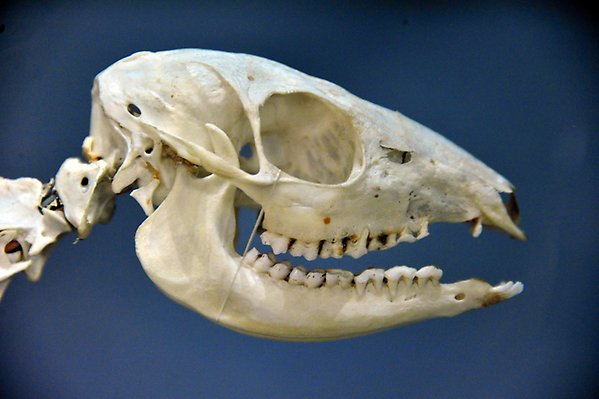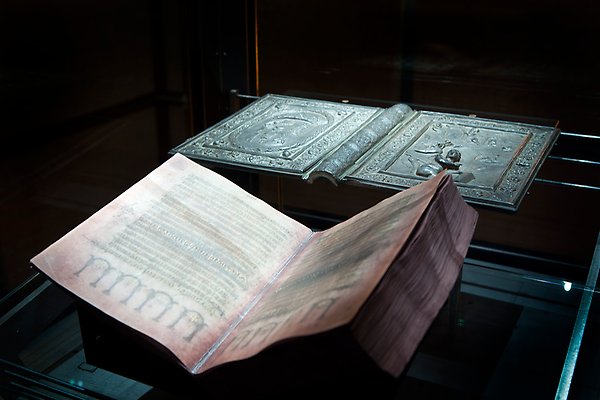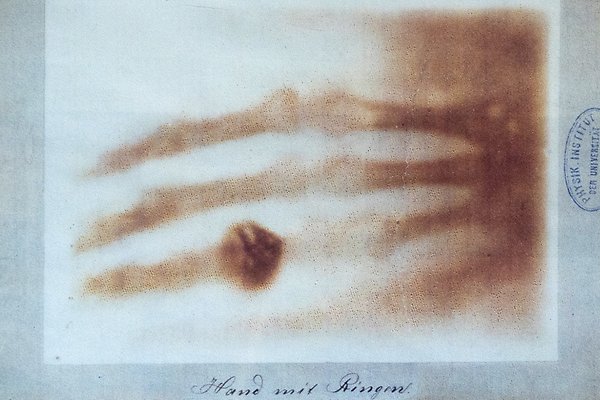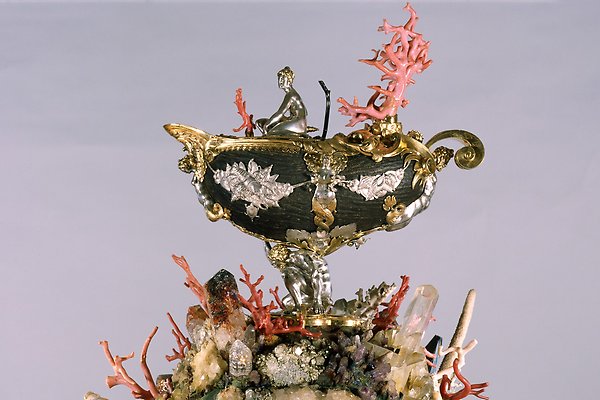Museums
The University’s collections of art and science history are unique. The large scientific, artistic and cultural collections have been tended in Uppsala since the Middle Ages. Uppsala University’s museums are an important resource to research and education, for visitors and the people of Uppsala.
The Museum of Evolution
The Museum of Evolution cares for and displays the University’s natural history collections – over 5 million specimens of fossils, minerals, animals, and plants. Since the 17th century, the diversity of nature has been collected here for research, education and enjoyment.

Carolina Rediviva
Visit the exhibition hall at Carolina Rediviva for samples from the library’s large, valuable collections from many centuries. Here you will also find temporary exhibitions.

Museum of Medical History
The Museum of Medical History shows the development of medicine from its beginnings until today. Instruments, machinery and other objects are on display from most of the different medical fields, such as child delivery, intensive care and clinical chemistry. The museum also tells the 300 year history of Uppsala University Hospital.

Bertha Röntgen's hand, December 22, 1895. The first X-ray image taken of a human being.
Gustavianum
Gustavianum, Uppsala University Museum, looks after many unique and fragile objects – Egyptian mummies, Roman and Greek collections, archaeological finds from the Viking period, works of art, the famous Augsburg Art Cabinet, scientific instruments from various eras – and much more.
All these historic collections must be stored and displayed with care. It is to this end that Gustavianum is closed for renovation work. Renovation will, above all, improve the environmental conditions for exhibited objects, as well as increase the total area of exhibition space.
The renovation work is being conducted by Sweden’s National Property Board, in close collaboration with Uppsala University. The work is estimated to be completed within three years of the start of renovation.

The top of the Augsburg art cabinet.
